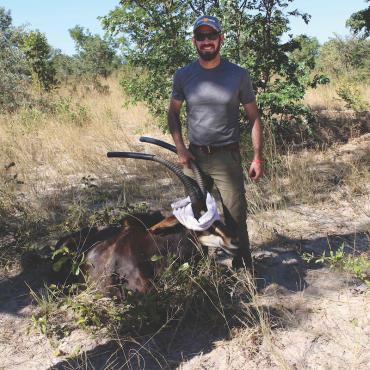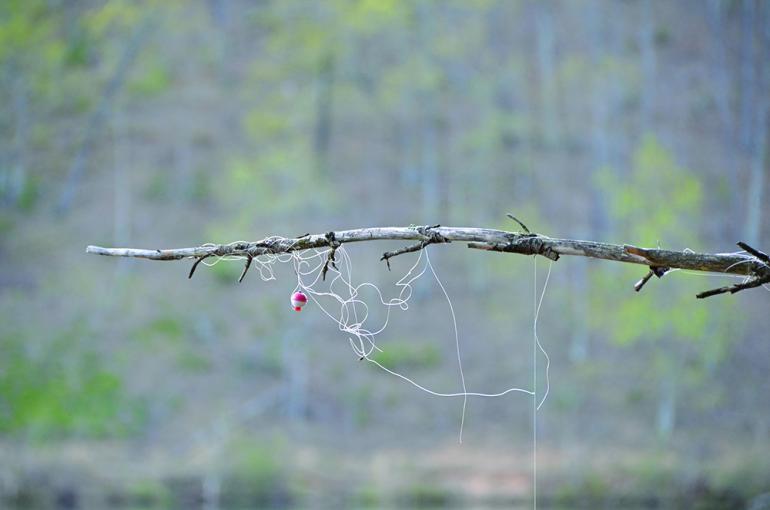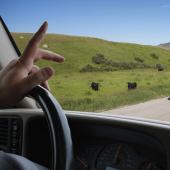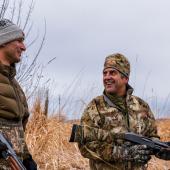A-Holes Among Us
A plea for better stewardship.
I always boast about Bozeman, about the public land and the freedom to roam. I boast about the gratitude the locals have for the landscape. While we’re fortunate to live in a wild and relatively pristine area, what makes the Bozeman tribe unique is how acutely aware and proud it is to celebrate the things that bring us all together: clean, trout-filled rivers; alpine meadows teeming with wildlife; cold smoke; and public access to it all. We connect over shared interests and collectively defend the land that is essential to our lifestyles. We manage to traverse social and political barriers that otherwise divide people.
It’s funny the things you find yourself missing when you are far from home. For me, the land around Bozeman conjures up thoughts of crouching through the timber and glassing the ridgelines with a bow in my hand. Or maybe knee-deep in crystal-clear water trying to motivate that trout just beneath the surface.
It’s important to remind those who neglect the rules of public-land ownership
that if we want to keep these spaces wild, vibrant, and healthy,
we must hold ourselves accountable as stewards of the land.
I’ve been away more than not recently, but always manage to find my way back as the summer shadows grow long and hunting season draws near. The flight into Bozeman never gets old—it’s a bird’s-eye view of the grandeur of the Greater Yellowstone landscape and allows for last-minute scouting of the high elevations. Pilots love flying into Bozeman. Recently one announced that he would fly as low as he could to give us a once-in-a-lifetime flight over mountains. I would have taken a photo of the passengers glued to their windows as we flew over the Gallatin Crest, had I not been stuck to the window myself.
It didn’t take long to make my way to some favorite public-access sites after that flight. The pilot had reminded me how special this place is. I pulled in to an archery-only section and found it littered with clay targets, shotgun shells, and tire tracks left by an off-road driver who had downed the gate. The rancher who owns the land opposite interrogated me about my bow, saying that people had been shooting his hay with razor-sharp broadheads. He lifted his hand to show me the partially healed wound a blade had inflicted while he was loading hay. He was fortunate that it hadn’t been eaten by one of his horses.
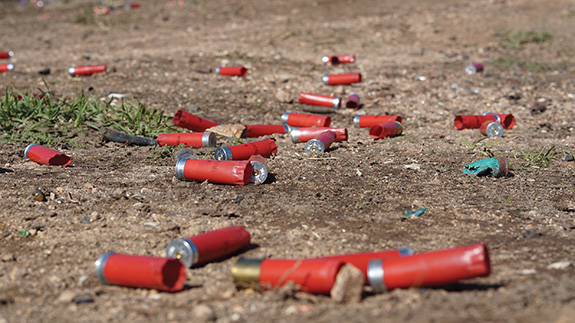
A few days later I found myself at a popular fishing access. I came across a pile of partially butchered deer and elk carcasses. Aside of the haphazard use of the carcasses, I was disappointed in the dump site, being particularly close to the parking lot in an area frequented by dog-walkers, upslope of the river. I found an abundance of tracks around those carcasses, both domestic and wild. When I walked down to the river, I found it littered with tippet and line—catastrophic foreign material for the wildlife that inhabit these corridors.
Labels are convenient, but Bozeman does seem to attract people with a shared interest in wild lands. Having that in common allows us to transcend labels for a common goal. Sometimes we forget that what we have is unique and we become complacent to the rarity of our good fortune. It’s important to remind those who neglect the rules of public-land ownership that if we want to keep these spaces wild, vibrant, and healthy, we must hold ourselves accountable as stewards of the land.


